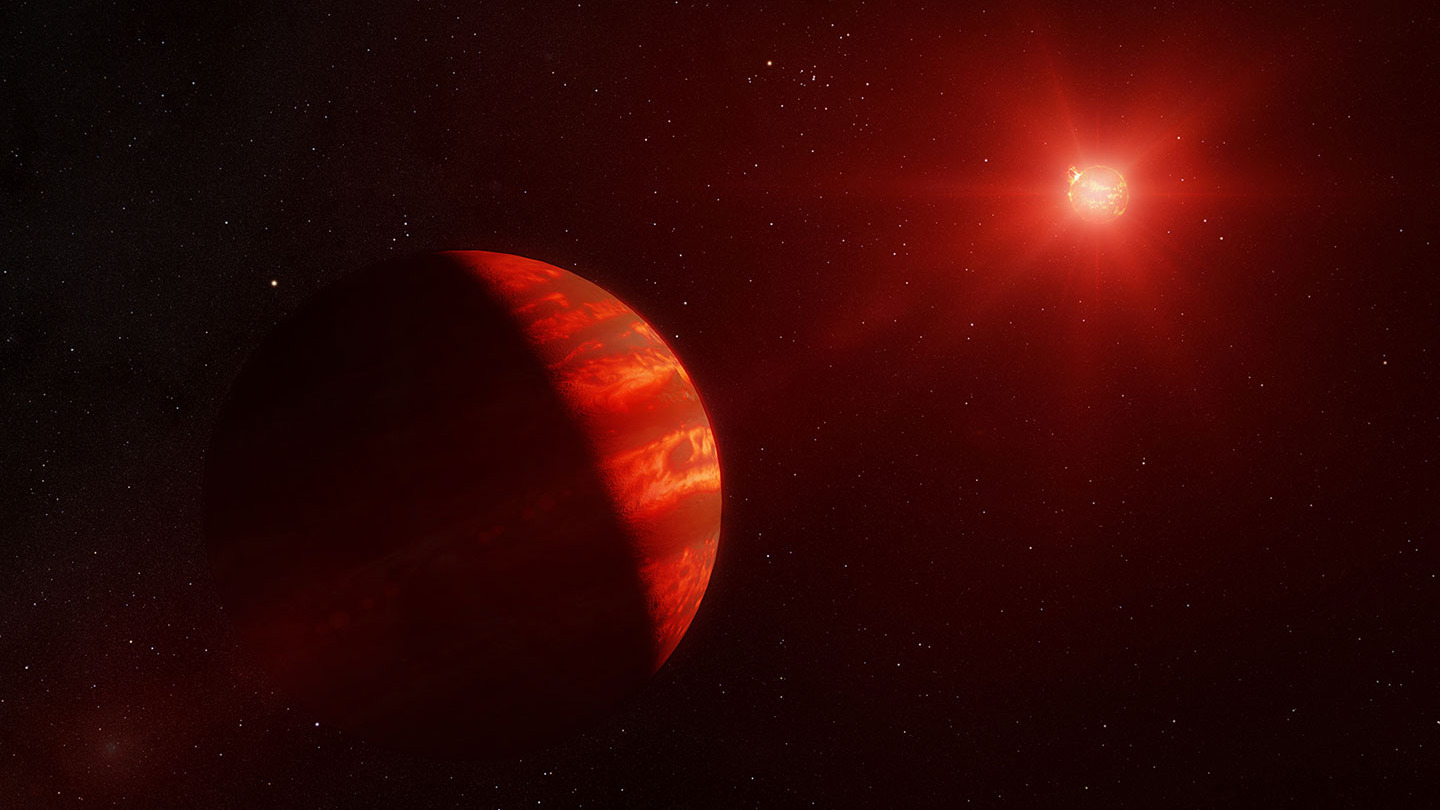
Artist’s impression of the extinct skink Tiliqua frangens. In the bottom right, a typical modern skink is shown for comparison
Kailah Thorn, Western Australian Museum
A giant skink with spiky armour and powerful jaws roamed inland Australia until about 47,000 years ago, according to newly discovered fossils.
In 2009 and 2013, scientists described two mysterious fossils – part of a jaw and skull – found in Wellington caves in New South Wales. They looked like they belonged to skinks – a type of lizard – but were unusually large.
Now, a more recent excavation at the same site has unearthed dozens of similar fossils. An analysis led by Kailah Thorn at the Western Australian Museum in Perth has revealed that they all belong to the same extinct species – a skink called Tiliqua frangens – that was about 1000 times heavier than typical skinks alive today.
The giant skink’s closest living relative is Tiliqua rugosa, also known as the shingleback skink, which is found in dry, inland areas of New South Wales and other parts of southern Australia.
By comparing the two species’ body measurements, Thorn and her colleagues estimated that the extinct skink would have weighed about 2.3 kilograms. Most living skinks only weigh about 2 grams, with the heaviest, the shingleback, reaching 1 kilogram.
The excavation uncovered a range of fossils of the giant skink aged 47,000 years and older, including teeth and parts of its skull, bony armour, spine and leg bones.
These showed that it had a deep, broad skull, along with powerful jaws and a coat of thick, spiky armour.
It probably wasn’t very fast because it had short, squat legs, but this wouldn’t have mattered because its armour would have provided protection from predators, says Thorn.
The shape of its teeth suggests that, like modern-day shinglebacks, it mostly ate plants. It may have needed strong jaws because it “ate something tough, like tough plant fibre or maybe a tough fruit or nut that dried out in summer”, she says.
Thorn and her colleagues have since found other fossils of the species sitting unidentified in old museum collections. These show that it was distributed across inland New South Wales and south-east Queensland, places that were likely to have been dry and open.
The skink lived at the same time as other giant creatures in Australia – including giant kangaroos, wombats and “marsupial lions” – collectively known as megafauna. The skink and other megafauna are thought to have gone extinct more than 40,000 years ago due to the arrival of people or climate change.
Topics:














